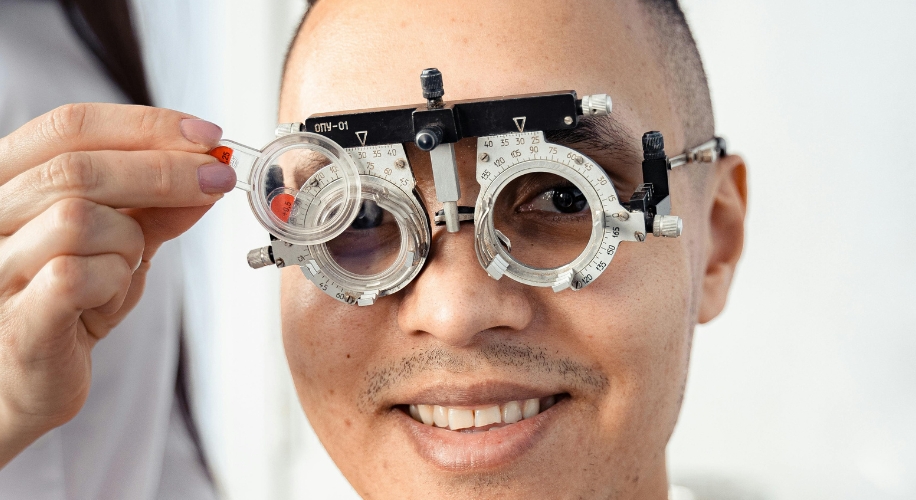Understanding Eye Dominance: A Comprehensive Guide
What is Eye Dominance?
Eye dominance, also known as ocular dominance, refers to the phenomenon where one eye has a stronger preference over the other when performing tasks that require visual input. It’s important to note that eye dominance is not related to the strength of vision in each eye but rather the brain’s preference for processing visual information from one eye over the other.
 Photo by Andre Furtado
Photo by Andre Furtado
Eye Dominance in Daily Life
Understanding eye dominance is crucial in various activities, including sports and photography. For example, in shooting sports like archery or riflery, knowing your dominant eye helps improve accuracy and precision. You’ve probably seen some athletes closing one eye when aiming at targets. Similarly, in photography, the dominant eye is often used to look through the viewfinder to capture the best shots.
Eye Dominance with Vision
In terms of vision correction, eye dominance plays a role in determining the most suitable contact lens or glasses prescription, especially for multifocal and monovision designs for people with presbyopia. People with presbyopia have decreased focusing power and often need to tailor their vision correction for both distance and near instead of focusing for distance and relying on their focusing mechanism for near targets. After determining eye dominance, your optometrist may adjust your dominant eye to be focused at distance and your non-dominant eye to be focused more at near.

Photo by Ksenia Chernaya
Ways to Test Eye Dominance
Here are a couple common ways used to determine eye dominance:
1. Triangle Test
- Focus on a distant object at least 20 feet away from you.
- Extend both arms forward and form a triangle around the object with your thumbs and index fingers.
- Slowly decrease the size of the triangle.
- The eye that keeps the object within the triangle is your dominant eye.
2. Blur with Plus Lens Test
- Keep both eyes open and look at a distance target.
- Hold a plus lens of +1.00 to +1.50 diopters in front of one eye while keeping both eyes open. Observe how much blurring occurs.
- Try again with the other eye.
- Determine which orientation where you maintain the best clarity. The eye without the lens in front is your dominant eye and the lens with the lens in front is your non-dominant eye.

Photo by Antoni Shkraba
Eye dominance is a fascinating aspect of visual perception that influences various aspects of our daily lives. By understanding your dominant eye and how it affects your vision, you can make informed decisions about vision correction and enhance your performance in various activities. If you’re unsure about your dominant eye or have concerns about your vision, don’t hesitate to consult an eye care professional for guidance and support.



 Canada
Canada